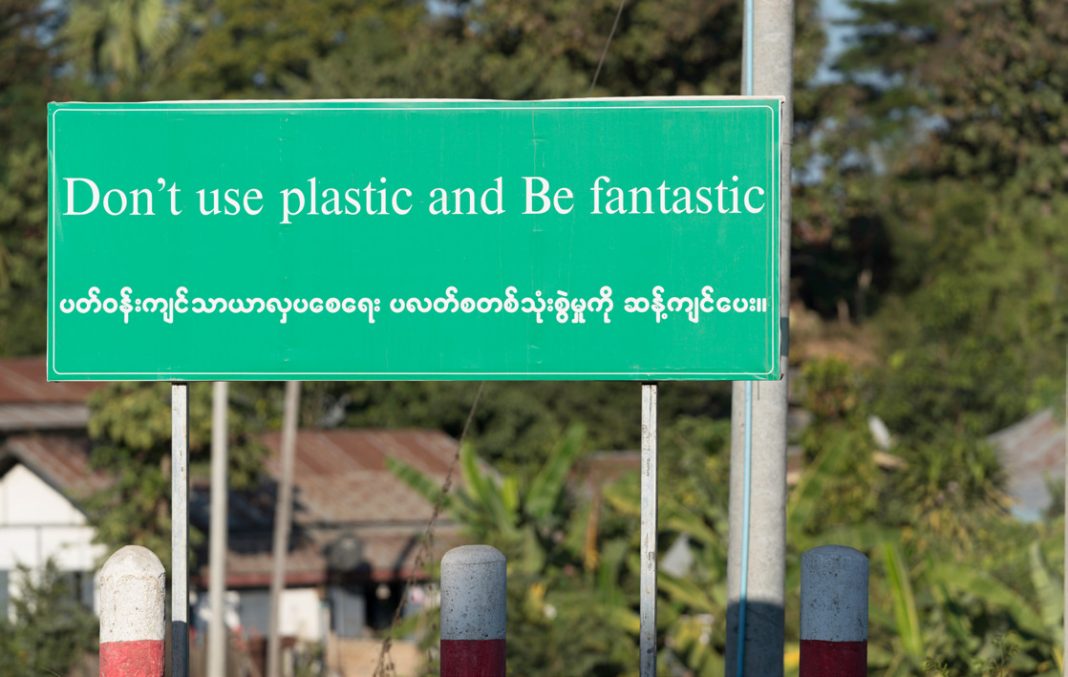Article extracted from Asian Diver Issue 02/2020 (155)
In Asia, urgent action against plastic waste needs to be taken. Some 70 to 80 percent of the region’s trash ends up in the ocean – most of it being plastic. South Asia alone produces a shocking 334 million tonnes of waste each year. By one estimate, 55 to 60 percent of plastic waste in the oceans comes from just five countries – all of which are in Asia.
Let’s explore the distribution of single-use plastic waste around the world today.
PAPUA NEW GUINEA
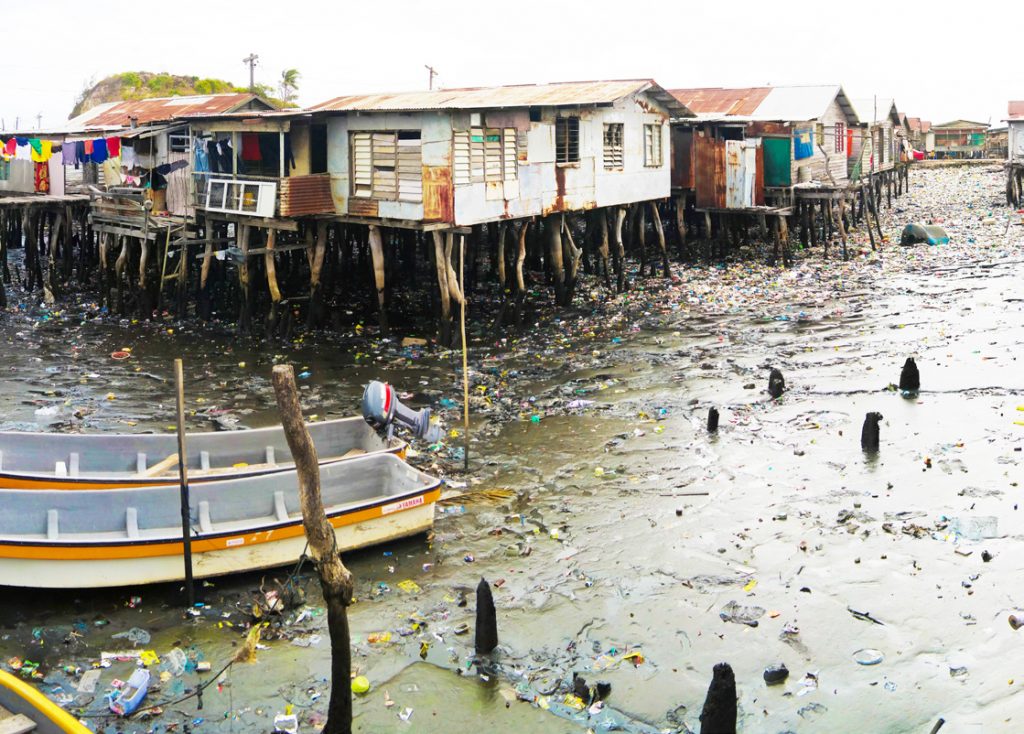 Population: 8.9 million
Population: 8.9 million
Plastic waste: 90,000 tonnes per year
A complete ban on single-use plastic bags in Papua New Guineacame into effect in January 2020. Environment and Conservation Minister Geoffrey Kama made the announcement to the media that the government banned the import of single-use plastic bags from the previous November. Unfortunately, in the impoverished country, where plastic waste is choking waterways, enforcement of the ban is a huge challenge. Manufacturers have complained about the lack of proper legislation to support the ban and the paucity of clear directives from the government.
MALDIVES
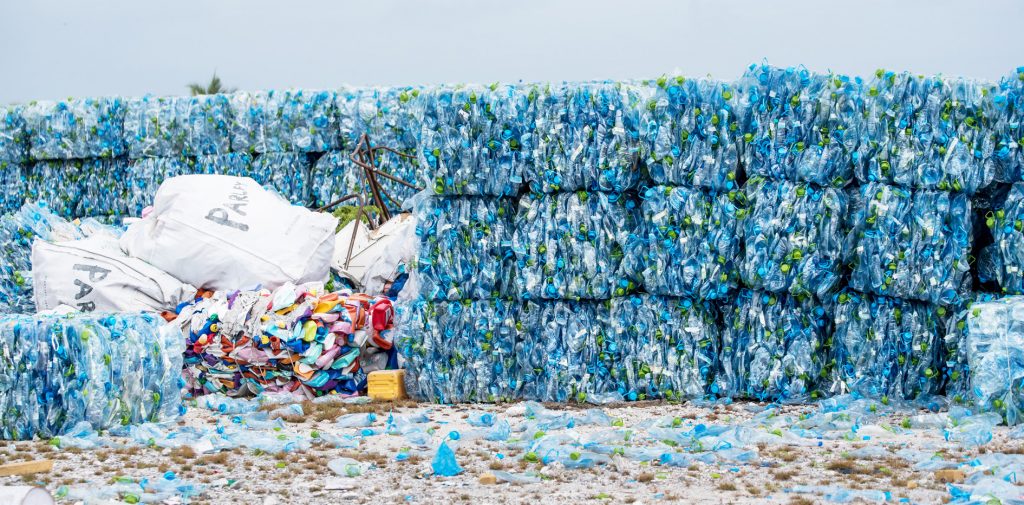
Population: 540,544
Plastic waste: 774 tonnes per year
In July 2019, the Maldives Parliament passed a resolution to completely ban the use of single-use plastics from 2025 onwards. Students from 17 institutions submitted a proposal to the government’s Environment and Climate Committee, underlining the perils of single-use plastic and pointing out efforts by other countries in their fight to reduce plastic usage. The resolution included a ban on the import of plastic bags and addressed of alternative plastic packaging for imports by 2025.
MYANMAR
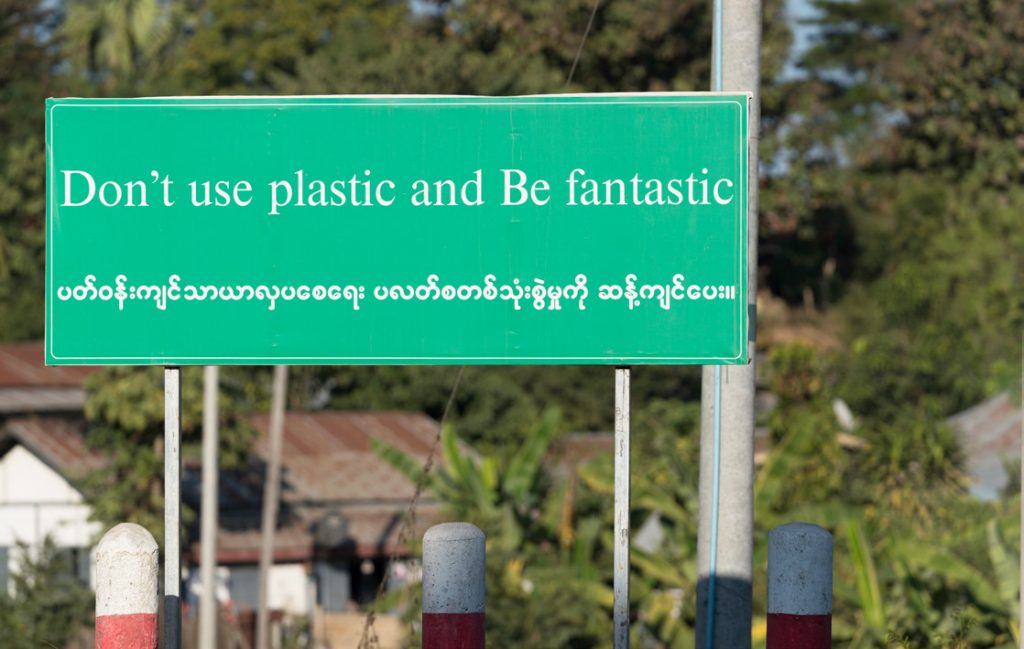 Population: 54 million
Population: 54 million
Plastic waste: 3000 tonnes per year
Economic growth in Myanmar has led to a steady increase in single-use plastic items like shopping bags, water bottles, food packets, and plastic sachets. As far back as 2011, authorities in the capital Yangon announced a ban on plastic bags. Myanmar’s central city of Mandalay had enacted a similar ban two years earlier. Despite the measures, however, plastics have continued to choke the country’s rivers and coastlines, with an estimated 100 tonnes of plastics being discharged into the ocean from the Irrawaddy River every day.
VIETNAM
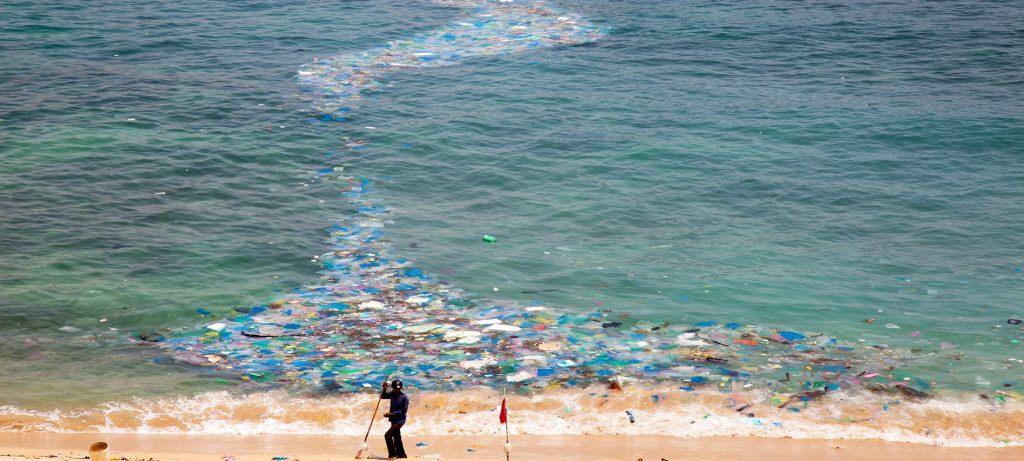
Population: 95 million
Plastic waste: 1.8 million tonnes per year
Vietnam has promised to end the use of single-use plastics by 2025. They trapped in the surf to sell zero single-use plastics at supermarkets by 2021. Prime Minister Nguyen Xuan Phuc has acknowledged the hazard rubbish causes to ecosystems, environments and human habitats. He gathered various ministries, agencies, sectors, and localities to create concrete plans for curbing single-use containers whilst working with corporations and businesses that need to act with greater responsibility. “Let’s try to ensure that by 2021 stores, markets and supermarkets in urban areas will not use single-use plastic goods; and by 2025, the whole country will not use disposable plastic products,” Phuc stated.
CAMBODIA
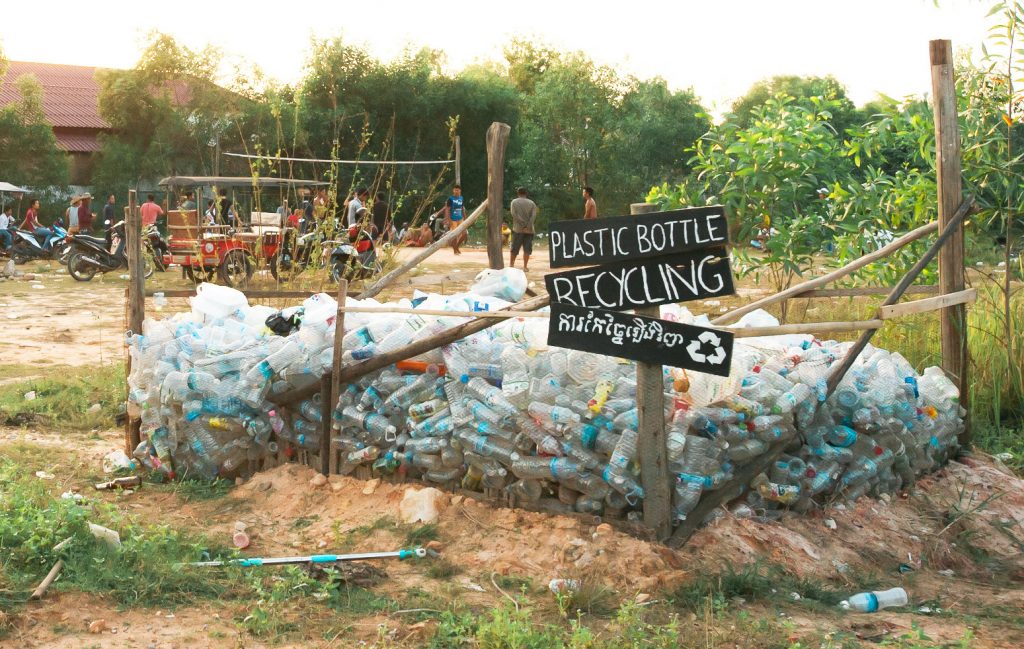 Population: 16.7 million
Population: 16.7 million
Plastic waste: 800,000 tonnes per year
In November 2019, the Cambodian Government started preparing legislation that will ban the import and production of single-use plastic products as part of efforts to reduce plastic waste pollution in the country. Single-use plastic products like straws, spoons, and cups wil be phased out and replaced with more environmentally-friendly materials like bamboo, paper, or metal. There is yet to be a set date and policy regarding the prospective plastic regulation.
PAKISTAN
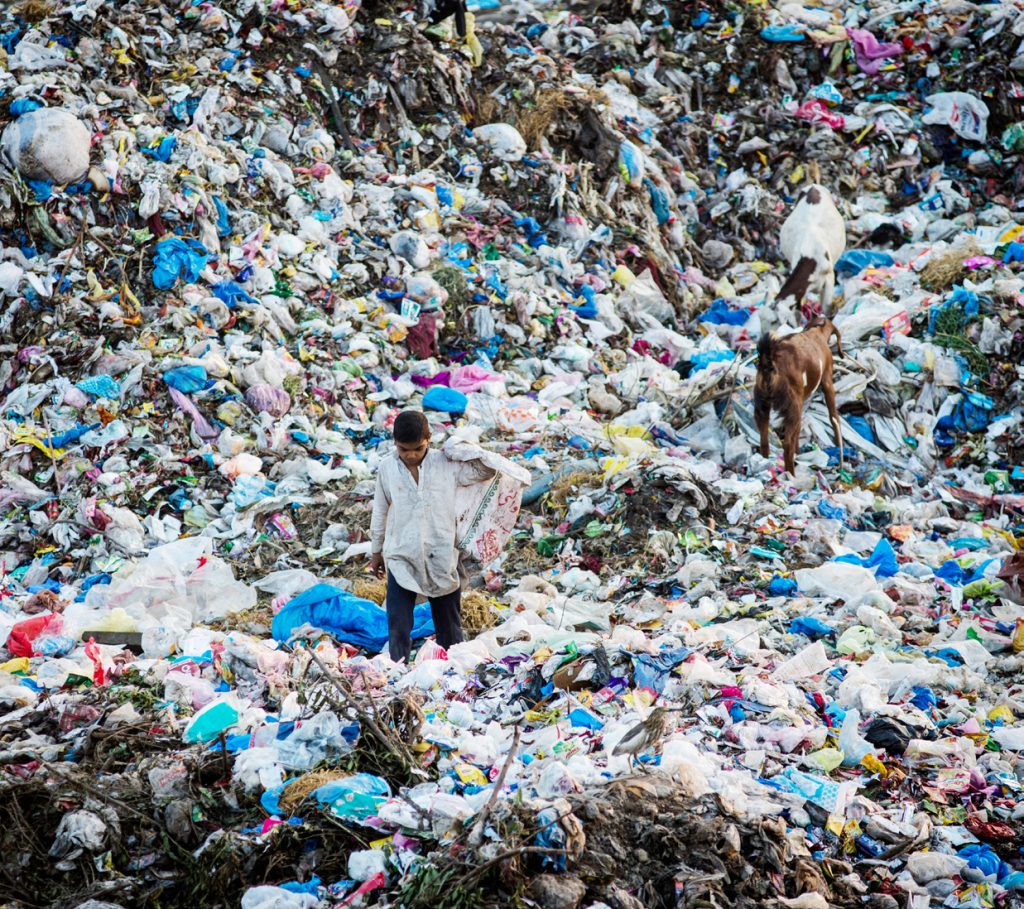 Population: 220.8 million
Population: 220.8 million
Plastic waste: 6.41 million tonnes per year
Like other countries in Asia, Pakistan has been battling its plastic problem for years. As far back as 1994, the Sindh government imposed a ban on the manufacturing, sale, purchase, and use of polythene bags, with Punjab following suit in 1995, followed by Balochistan in 2001. However, none of these early efforts prevented the country from becoming a major producer of plastic bags. Efforts to ban plastic bags in the capital, Islamabad, in 2013 also failed.
In August 2019, a new ban on plastic bags came into effect across the country, and biodegradable bags are being introduced as an alternative. However, with hundreds of thousands of people directly or indirectly dependent on the plastic bag business, enforcing the ban will be a huge challenge for local authorities.
SAUDI ARABIA
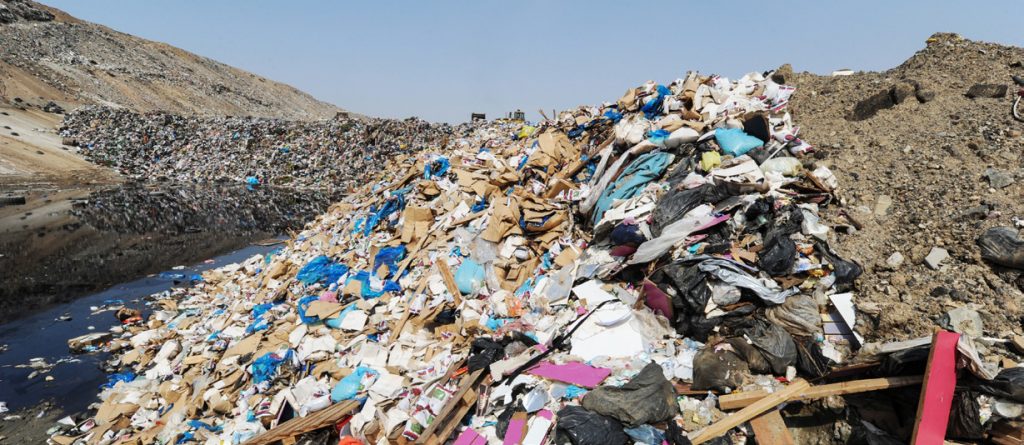 Population: 34.1 million
Population: 34.1 million
Plastic waste: 15 million tonnes per year
The Middle Eastern kingdom introduced strict regulatory requirements for plastics from December 2019 onwards. The new measures require products such as plastic bags, containers, plates, utensils, and packaging to be made from oxo-biodegradable materials approved by Saudi authorities. Oxo-biodegradable plastics are made from polymers like polyethylene, polypropylene, or polystyrene, but also contain a “prodegradant catalyst” which makes the material degrade much faster than normal plastic.
*
We hope you enjoyed this series in A Global Initiative to Mitigate Plastic. Stay tuned for more plastic-related updates and infographics to come your way, including International Brands, Blue Economy Finance, Individual Personalities, and Technological Innovators.


